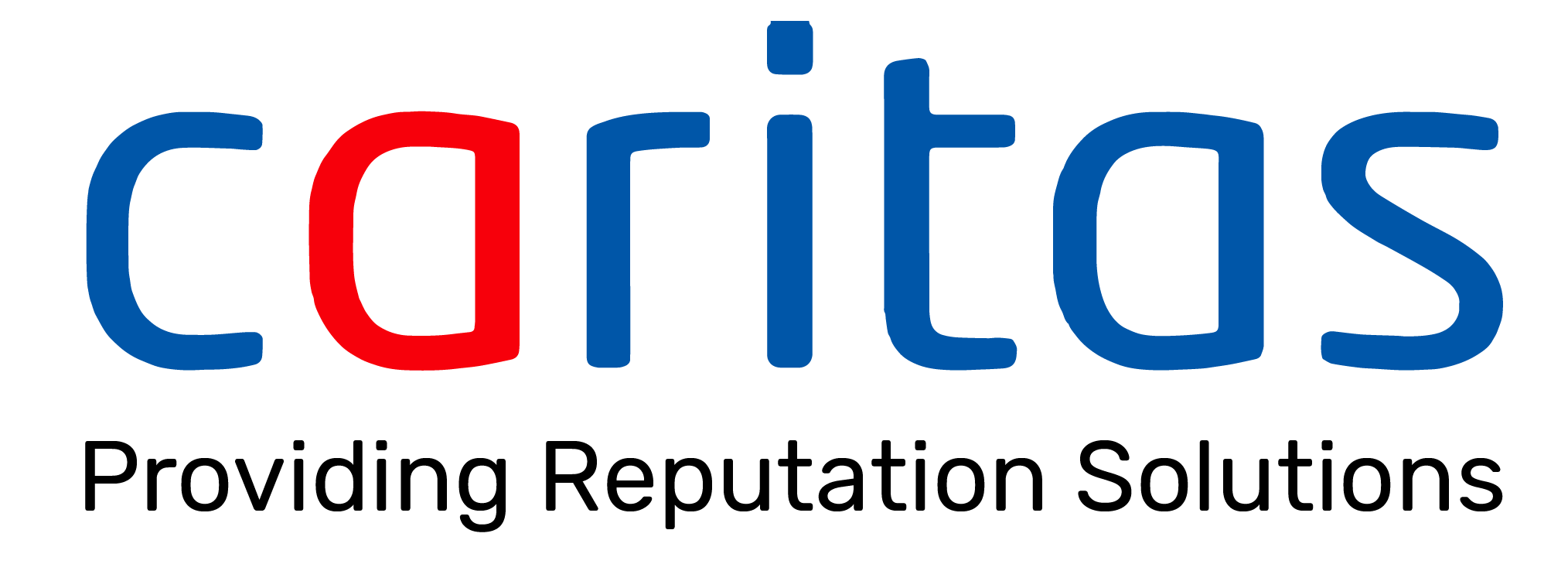It took less than two weeks of lock down for major newspapers in Nigeria to reduce the number of pages they publish daily from 48 to 32.
Our research at Caritas Communications had indicated that that would happen. In the first few days of lock down, we asked Nigerians through an online survey if they were still purchasing newspapers, 91% of respondents said, No.
Reasons adduced for the change ranged from the logistics challenges occasioned by the lock down to the fear that newspapers could be carrying “more than news.” We note that this fear has largely been allayed as Nigeria gradually emerges from lock down.
During the lock down, our research identified discernible patterns in media consumption. For media and public relations consultants, it is worthy to note that there was a systematic shift from print media consumption to digital/electronic media consumption. (Interestingly, television and radio were very critical in the media consumption mix during the period.)
Not that this pattern is new, but the magnitude of the shift should suggest to media and public relations consultants that there is no going back on the contraction of revenue models built on print advertising.
Drawn from across Nigeria, 98% of those we surveyed are between the 21-45 age bracket and though young, constitute a major part of the media consumption market in the country. It is instructive to note that 84% of them relied on social media platforms (including Twitter, WhatsApp, Facebook, and YouTube) for news and updates during the lock down.
Interestingly, television was the major source of news and information for 61% of those surveyed, while newspapers (in print format) served only 11%. But 30% of them pointed to newspaper websites as their major source of news and updates.
During the lock down, two things drove respondents to particular media platforms: Ease of access and Brevity. Therefore, while a disproportionate number of respondents pointed to social media platforms like Twitter as a source of news and information, what was revealed in the analysis is that the news which was consumed on Twitter and other social media platforms was provided by the same newspapers which millions of Nigerians had marooned.
Sadly, Twitter and other social media platforms were being rewarded, even though they do not have newsrooms in Nigeria.
Based on the research, radio and word-of-mouth were also deemed veritable sources of news and updates during the lock down, 28% of respondents, mostly older citizens were tenaciously inclined to radio.
In the period, we observed that there was voracious consumption of television and YouTube. Which is understandable. Social distancing and a compulsory lock down did not mean that millions of Nigerians stopped craving entertainment, intimacy, and fellowship.
Forty-six percent of those survey indicated that they watched more television during the lock down than before. Twenty-nine percent spent an average of 2-3 hours watching television daily, while 26 percent spent between 3-6 hours watching television daily.
Their content of choice ranged from News (74%), Foreign Movies (42%), Nigerian Movies (38%), Documentaries (28%), Religious programs, Telenovelas, accounted for less viewership and time.
The media, advertisers, and public relations consultants must take these changes to heart as many organizations have elected to continue their work-from-home regimes.
Based on the foregoing, it is easy to conclude that there has been a shift in marketing budgets from Above-the-line, print, and experiential, to public relations that is entrenched in electronic platforms.
Smart marketers who are interested in meeting upper and middle-class consumers quickly will track them online. However, because a large portion of Nigeria’s population is still not sited around the global-digital-camp-fire, radio and television will remain potent platforms to reach millions, especially the older generations.
In the next few months, we expect that working from home will continue in various forms. And because of this, advertising spend will gravitate more towards digital media. Therefore, digital skills will become more imperative for successful public relations consultants and marketers.
Public relations consultancies will be compelled to develop competencies in digital marketing and content creation or risk the consequences of not innovating.
We also expect smart newspapers to broaden their advertising horizons. It is time to broaden the advertising mix on the shelves to include adverts that are only on the PDF versions of newspapers. In other words, a newspaper can print 32 pages (including adverts) but have a PDF version of 36 pages. The extra pages should cater for adverts that are strictly on the PDF version.
With the reality of Covid-19, the media remains a fluid environment. As changes continue to take place, newspapers and content creators should critically consider models that will enable them generate more revenues from their content. Otherwise, social media platforms will in a sense continue to reap bountifully from where they have not sown.
Research conducted by Ejiro Obodo and Esther Abu

